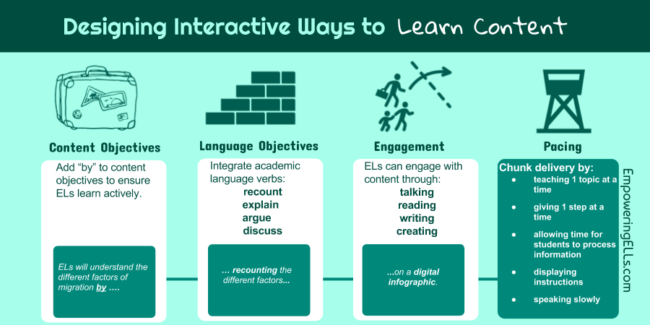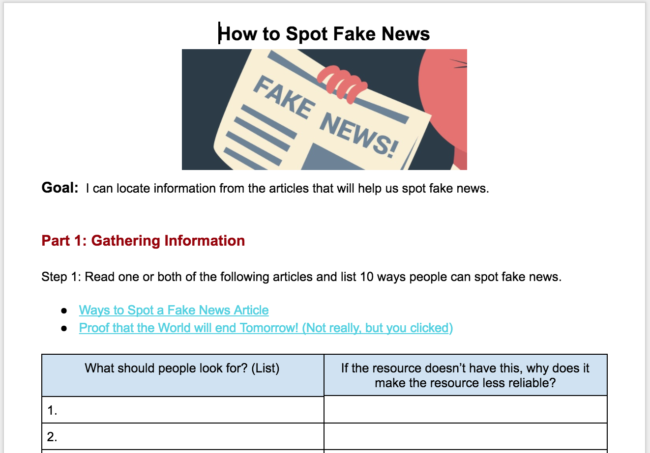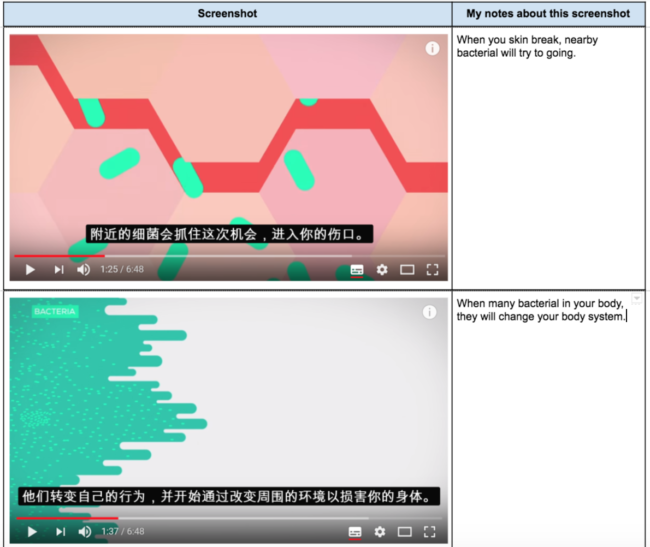I once stayed up until 1 AM to create an activity for my students the next day. I spent the time gluing, cutting resources out, and assembling the items for the lesson. However, when it came to delivering the actual instruction, what I thought would work flopped spectacularly.
We go through lots of training to make sure our planning is effective, but we also have to pay equal attention to how we deliver our plan. That why this article is focused on lesson delivery. It is also part 8 of the Sheltered Instruction series that focuses on each element of the SIOP model.
In Making Content Comprehensible for English Learners: The SIOP Model (5th Edition) (SIOP Series), Echevarria, Vogt, and Short recommend considering three things when delivering a lesson:
- That your content and language objectives are clearly supported by lesson delivery
- That your students are engaged approximately 90% to 100% of the period
- That the pacing of the lesson is appropriate to students’ ability levels (2016, 29).
(By purchasing the book, you also support the blog. Thank you in advance!)
1. Supporting Objectives with Your Lesson Delivery
Sometimes, the way we deliver instruction doesn’t ensure that the content objectives are met – often because we pour content onto students, hoping that the wave of knowledge will be absorbed like a sponge with little more than recitation required on our part. This passive learning approach ensures that only a few, naturally retentive students learn since they didn’t have to work to understand the content.
Often, teachers will say, “Today, we will learn about …” or “Today, students will understand…”, which usually means students will spend most of the time listening to the teacher talk.
Instead, we need to have students ponder, process, synthesize, and stew over new knowledge. Adding the word “by” to the end of these objectives builds in ways for students to process the information. Additionally, the “by” reminds teachers to chunk instruction into steps, rather than assign a task without breaking down its parts.
To shift away from the typical teacher-centered approach, we can:
- Present one idea at a time
- Stop intermittently to have students to talk to each other to share what they understand
- Pause to have students Quick Write (short written responses) about new information
- Have students draw diagrams to represent new ideas
- Allow students to use additional resources in their home languages
For example, Ms. L is an 8th grade Individuals and Society teacher (IB speak for social studies). She wanted students to understand what fake news is and develop the skill of spotting fake news. Therefore, she created this document that had students:
- Read to learn about the indicators that a news article is unreliable
- Work collaboratively to discuss the clearest indicators of unreliable news
- Quick Write a sentence about what they have learned about spotting fake news
- Work with others to evaluate the reliability of a website or article
Instead of talking at students, Ms. L designed a series of connected learning experiences. Each experience deepened students’ understanding of the topic.
Supporting Language Objectives
In a previous series of articles, I had talked about how academic language is used in four different ways:
- Recount
- Explain
- Argue
- Discuss
WIDA calls these the “Key Uses”. When co-designing content lessons that also address language objectives, I focus on embedding the Key Uses of academic language into the lesson plan because they are used across-discipline and from Pre-K to 12th graders.
Here’s one example how: Mr. A wanted students to watch a video about the immune system. The content objective was for students to understand how the immune system worked. The most appropriate Key Use to support this content objective would be recounted, so I made sure to include that we included that concept in both our planning and delivery.
Once the content and language objective are aligned, we can design learning experiences that support the objective and actively engage ELs.
2. Engaging Students Approximately 90% to 100% of the Period
One of the main pitfalls of teacher-centered instruction is that we can’t tell if students are learning if they are just passively listening to us. If listening is what students are expected to do, they’re most likely not learning.
However, we can tell that students are engaged when they:
- Talk about content knowledge
- Create using content knowledge
- Write about content knowledge
Returning to Mr. A lesson objective of having students recount (describe) how the immune system works, I had students take screenshots of the video and annotate them to actively engage with the content. This process allowed students to process information in their own words and write to show their content knowledge proficiency.
This task was well-aligned with the content lesson objective because it was specifically designed for students to recount information. They were developing the academic language needed to recount content knowledge while remaining active, engaged participants in the lesson.
3. Pacing the Lesson Appropriately for Students’ Ability Levels
As teachers are pressured to cover content more and more, their usual solution is to get faster. They zip through content so fast ELs hardly have time to figure out what it was they just learned about. Teachers who rush students through content knowledge are like the hare trying to take shortcuts to the finish line. Even though the tortoise slowly yet persistently stayed on course without taking any shortcuts, he’s the one who won in the end.
If we want to “win” (to have our ELs to retain the knowledge we’re teaching them), we have to be sensitive to the way we pace instruction to ensure that there’s enough time to process information. In one example, Mr. A agreed to let me design a lesson with much more time than he normally would’ve allowed because he realized that his initial plan was catering to the more English-proficient students but not supporting the developing English learners nearly as well.
I created this document so that students would slowly go through the content because it was a cognitively difficult task. Students were able to learn at their own pacing. The students with more sophisticated academic language could speed ahead and not wait for Mr. A to explain ideas again to others who didn’t understand. The Beginning English learners paused and rewatched the video as needed.
Below is Zheng Hong’s work. Notice how he is slowly going through the video from 1:25 to 1:37.
Takeaways
Abandon covering content and embrace designing interaction with content instead. Brief student-student conversations, Quick Writes, and stopping periodically to have students process information invites ELs to learn and retain content knowledge by doing. This method enlivens learning because it is less passive and more active. Furthermore, it presents another opportunity for ELs to use language meaningfully.
It seems like a win-win situation where content teachers help students learn and retain knowledge while ELs get to develop their English skills.
Echevarria, J., Vogt, ME, & Short, D. (2017). Making Content Comprehensible for English Learners: The SIOP Model. Fifth Edition. New York: Pearson.
Nora, J., & EchevarriÌa, J. (2016). No more low expectations for English learners. Portsmouth, NH: Heinemann.




